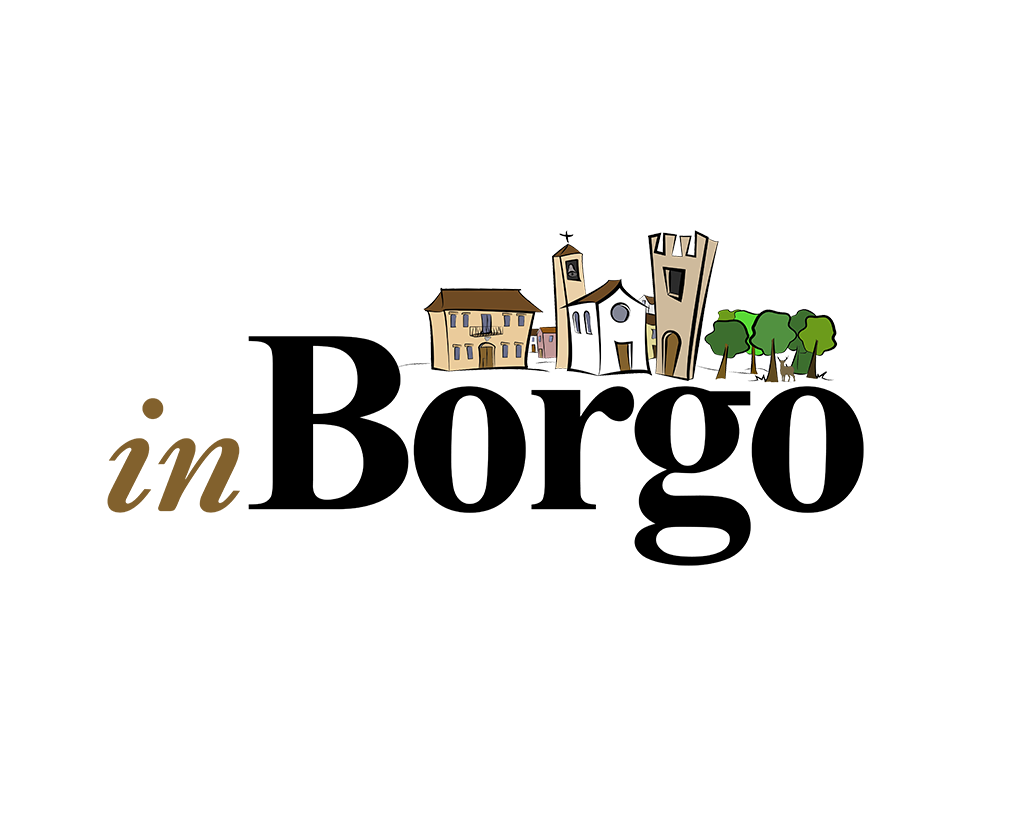Castelli è un borgo che sorge sotto il massiccio del Gran Sasso. È conosciuta per la sua produzione dedicata alla ceramica. Dopo la caduta dei romani l’area era popolata da case sparse che si riunirono in fortezze chiamate appunto “Castelli”.
Fu legato per lungo tempo al ducato di Atri. Nel XVI secolo a causa di un terremoto il borgo fu completamente ricostruito con palazzi in stile barocco e rinascimentali. Importante fu la presenza di una Abbazia Benedettina, oggi scomparsa, risalente al 1117. Furono proprio i benedettini ad insegnare agli abitanti della zona come lavorare l’argilla, presente in grande abbondanza nella zona circostante Castelli.
Qui sotto, un breve video del museo delle ceramiche, prima ospitato all’interno di un convento francescano, poi spostato a causa del terremoto del 2009 all’interno nella sede del Palazzo Municipale dell’Artigianato
Castelli is a village that rises under the Gran Sasso mountain. It is known for its production dedicated to ceramics. After the fall of the Romans, the area was populated by scattered houses that gathered in fortresses called “Castelli”.
It was linked for a long time to the Duchy of Atri. In the sixteenth century, due to an earthquake, the village was completely rebuilt with buildings in the Baroque and Renaissance style. Important was the presence of a Benedictine Abbey, now disappeared, dating back to 1117. It was the Benedictines who taught the inhabitants of the area how to work clay, present in great abundance in the area surrounding Castelli.
Below, a short video of the ceramics museum, first housed in a Franciscan convent, then moved due to the 2009 earthquake inside the headquarters of the Municipal Craft Building.
English subtitles
